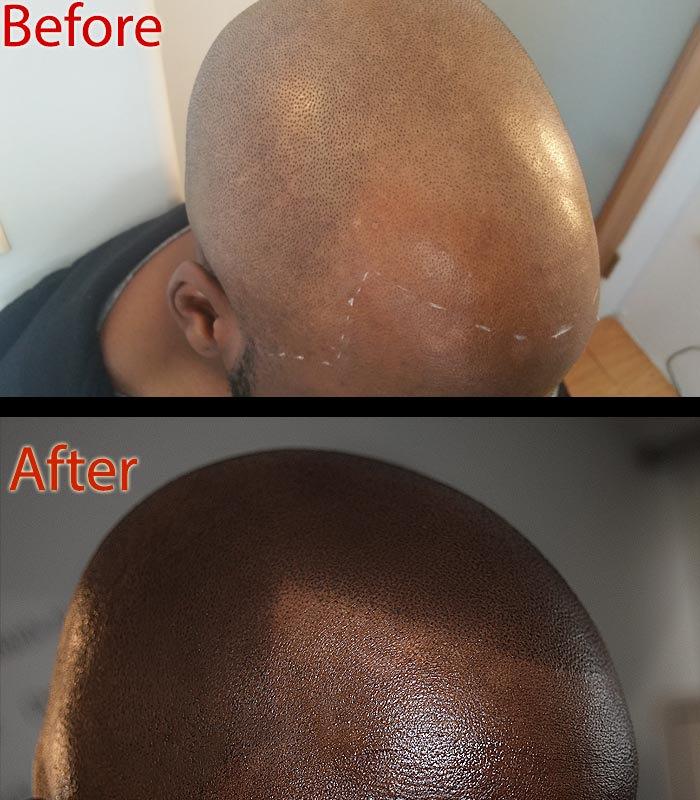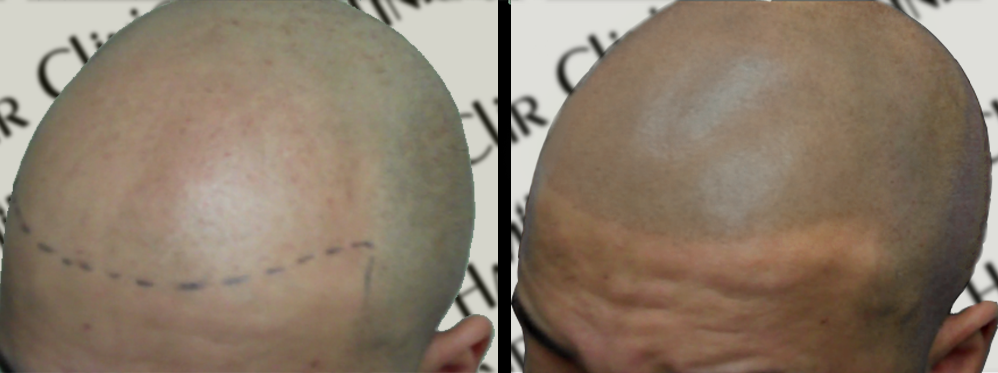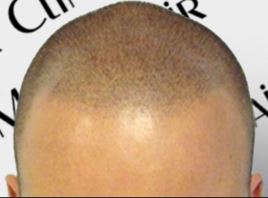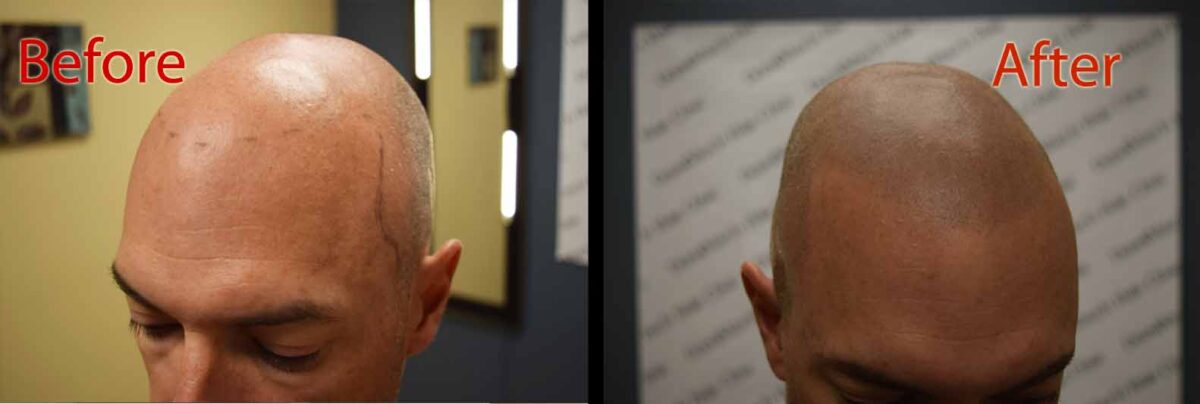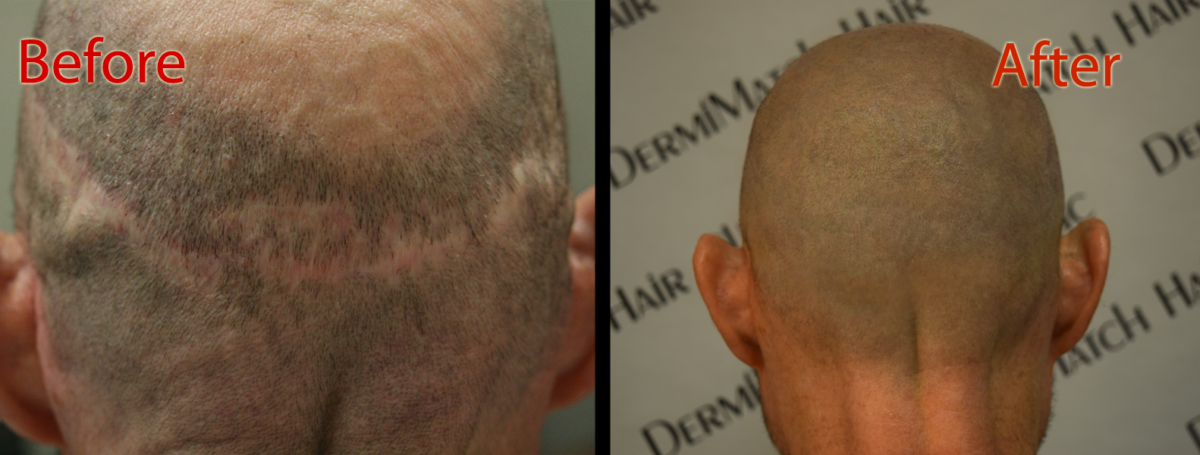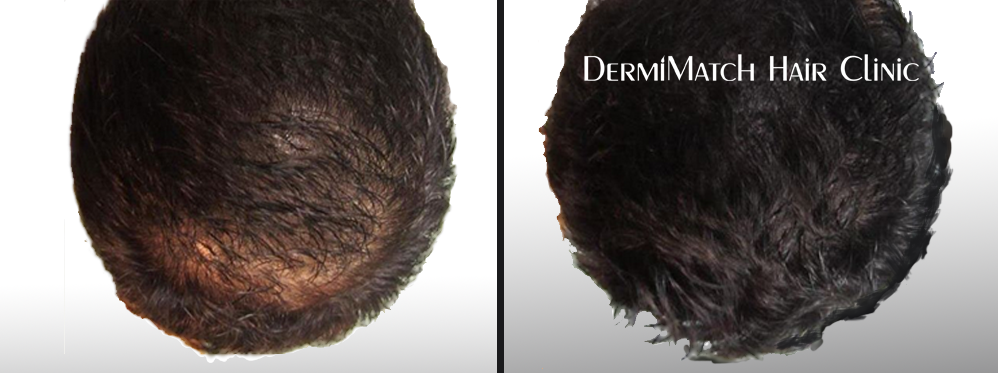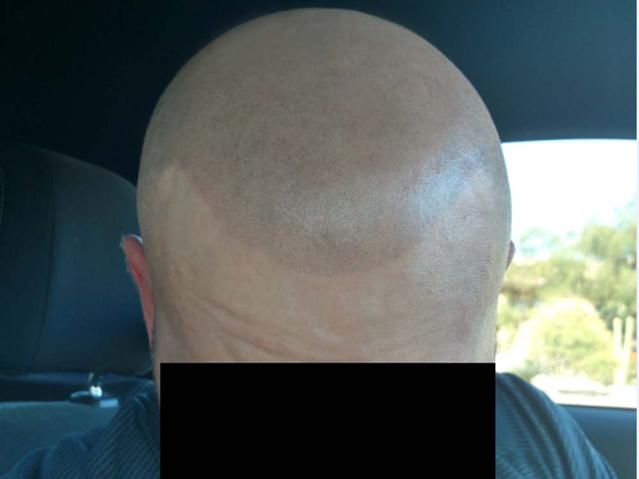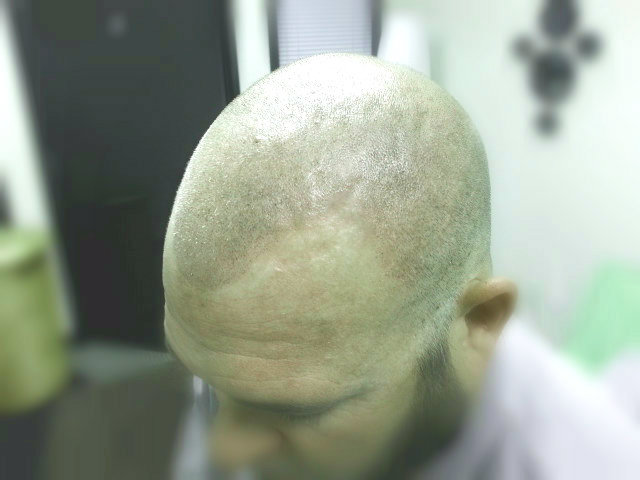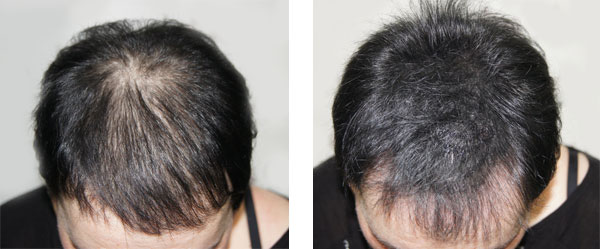Scalp exfoliation has emerged as a major beauty trend in 2025, with social media driving unprecedented interest in scalp care routines. This practice involves removing dead skin cells, product buildup, and excess oils from the scalp surface. Beauty enthusiasts and hair care professionals increasingly recognize that healthy hair starts with a clean, well-maintained scalp environment.
Understanding scalp exfoliation science
The scalp naturally sheds dead skin cells every 28 days, but modern styling products, pollution, and oils can create buildup that clogs hair follicles. Physical and chemical exfoliation methods help remove this debris, potentially improving circulation and creating optimal conditions for hair growth. Physical exfoliation uses granular scrubs or brushes, while chemical exfoliation relies on acids like salicylic acid or glycolic acid to dissolve buildup.
Research suggests that scalp exfoliation may enhance the effectiveness of hair growth treatments by improving product penetration. Clean follicles allow topical treatments to reach the hair root more effectively. However, scientific evidence directly linking exfoliation to increased hair growth remains limited, with most benefits being indirect through improved scalp health.
Popular Exfoliation Methods and Trends
Sugar and salt scrubs dominate the DIY exfoliation trend, offering gentle mechanical removal of dead skin cells. Coffee grounds have gained popularity due to their antioxidant properties and stimulating effects on circulation. Commercial scalp scrubs now feature ingredients like charcoal, tea tree oil, and botanical extracts targeting specific scalp concerns.
Chemical exfoliants are trending among those with sensitive scalps who cannot tolerate physical scrubbing. Beta hydroxy acids penetrate oil-filled pores effectively, while alpha hydroxy acids provide gentler surface exfoliation. Professional scalp treatments at salons increasingly incorporate microdermabrasion and chemical peels meant for scalp care.
Scalp brushing has experienced a renaissance, with specialized brushes designed to stimulate circulation while removing buildup. These tools range from silicone brushes for sensitive scalps to boar bristle brushes for deeper cleansing. The key lies in gentle, consistent use rather than aggressive scrubbing that could damage the scalp.
Regular scalp exfoliation can improve scalp health by reducing dandruff, controlling excess oil production, and creating a cleaner environment for hair growth. Many users report softer, shinier hair and reduced scalp irritation after establishing consistent exfoliation routines. The removal of product buildup can make hair appear fuller and more voluminous.
However, scalp exfoliation alone cannot address genetic hair loss or hormonal factors affecting hair growth. The primary benefits focus on scalp health optimization rather than dramatic hair regrowth. Users should maintain realistic expectations and understand that exfoliation works best as part of a comprehensive hair care routine.
Safety Considerations
Over-exfoliation poses significant risks, including scalp irritation, micro-tears, and increased sensitivity. Most experts recommend exfoliating once or twice weekly, adjusting frequency based on scalp type and product sensitivity. Those with scalp conditions like psoriasis or eczema should consult dermatologists before beginning any exfoliation routine.
When Natural Methods Do Not Help
While scalp exfoliation and natural hair care methods can improve scalp health and hair quality, they have inherent limitations for those experiencing significant hair loss. Genetic male pattern baldness, female pattern hair loss, and medical conditions affecting hair growth often require more comprehensive solutions than topical treatments can provide.
For individuals who have tried natural remedies without success, scalp micropigmentation offers a proven alternative that delivers immediate visual results. This innovative procedure creates the appearance of natural hair follicles through precise pigment application, providing the look of a full head of hair regardless of actual hair density.
Unlike ongoing natural treatments that require consistent maintenance with uncertain results, scalp micropigmentation provides permanent visual improvement that doesn’t depend on hair regrowth. When exfoliation and other natural methods prove insufficient, this advanced solution ensures confidence and satisfaction for those seeking reliable hair loss solutions.
Trust scalp experts in Arizona for your scalp job. No tattoo artist comes close to the skills and expertise possessed by SMP professionals in Arizona.
DermiMatch Clinic boasts a team of professional scalp artists in Arizona who can help you find the best results for hair loss.

